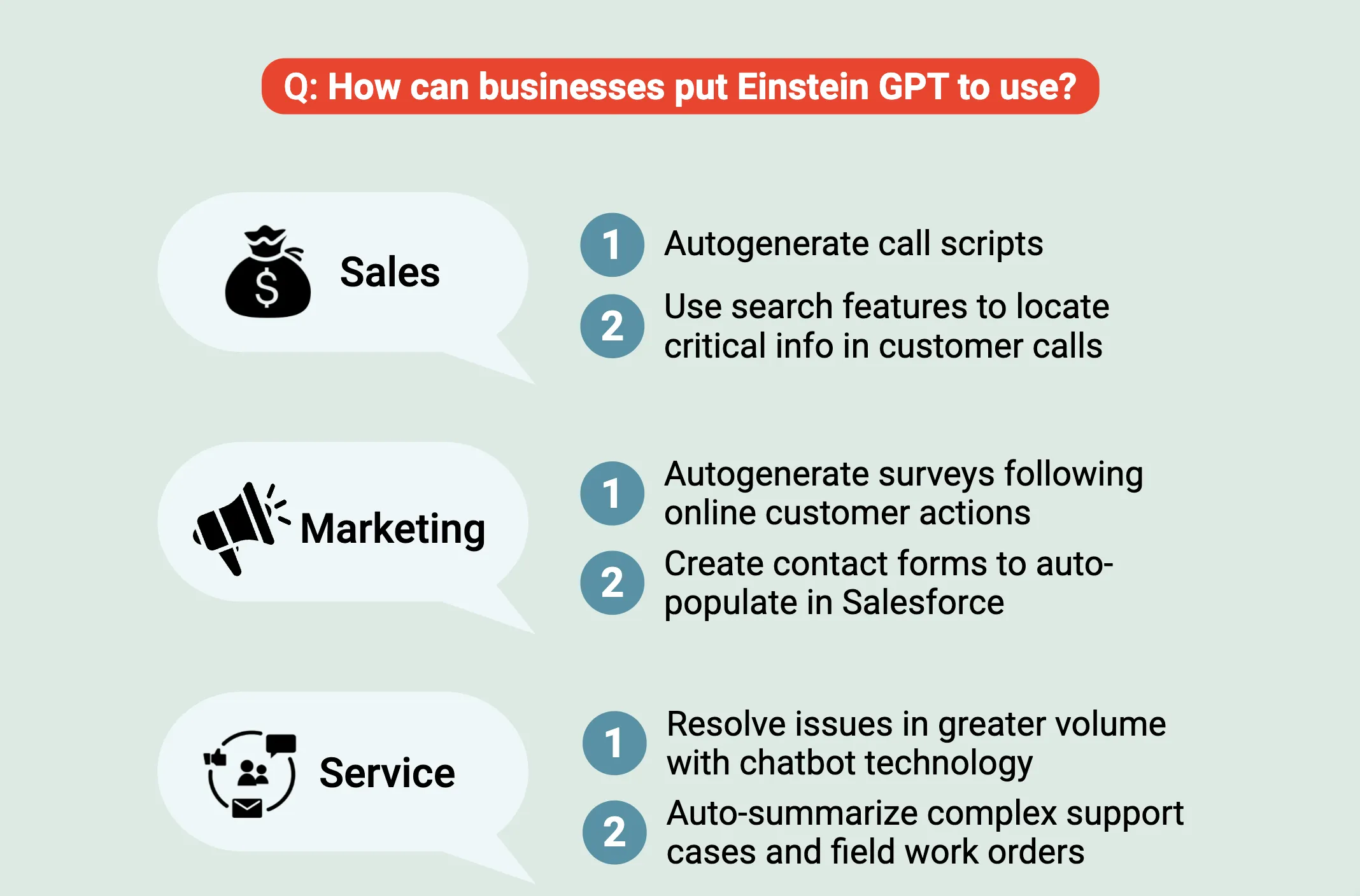Customer expectations are higher than they’ve ever been. Businesses are under constant pressure to deliver quick, efficient, and personalized service to meet these demands. In order to scale your business, while still offering great service, you’ll need to implement customer service automation.
Companies need to take a transformative approach that leverages technology to streamline support processes, reduce response times, and enhance customer satisfaction. By automating routine tasks and offering seamless interactions, businesses can focus on building stronger relationships with their customers while staying competitive in an evolving marketplace.
Customers value fast and reliable service, with a significant percentage expecting responses within minutes. Automation not only meets these expectations but also ensures consistency across all touchpoints. Whether it’s through AI-powered chatbots, self-service portals, or automated ticketing systems, businesses can deliver the kind of experiences that foster loyalty and trust.
As businesses look for ways to improve efficiency and reduce costs, customer service automation has become a game-changer. It eliminates repetitive manual tasks, reduces operational expenses, and empowers support teams to focus on solving complex issues that require a human touch.
This blog will explore the many facets of customer service automation, including:
- What is customer service automation?
- 4 key benefits of automating the process
- Popular applications for implementation
- How to implement these automations
- Top customer service automation tools in 2025
- Challenges and best practices
What is Customer Service Automation?
Customer service automation refers to the strategic use of technology to handle repetitive, time-consuming support tasks without human intervention. By deploying tools like chatbots, ticketing systems, and self-service portals, businesses can resolve common customer inquiries instantly and accurately. This approach minimizes errors caused by manual processes while ensuring consistent service quality across all interactions. For example, a chatbot can answer FAQs about order statuses or return policies, freeing human agents to tackle more nuanced issues. Automation doesn’t replace human agents but amplifies their effectiveness, enabling teams to focus on building deeper customer relationships.

Related Infographic: What do you need to know about Generative AI?
This technology is particularly valuable in scaling operations to meet growing demands. Whether a company receives 100 or 10,000 inquiries daily, automation ensures no query goes unanswered. It also provides 24/7 availability, allowing customers to seek help outside traditional business hours. By prioritizing speed and accuracy, automation transforms customer service from a reactive function into a proactive driver of satisfaction and loyalty.
A few examples of these automation tools might include:
- Chatbots: AI-driven virtual assistants that answer FAQs, troubleshoot issues, and guide users through processes.
- IVR Systems: Interactive voice response technology that routes calls to the appropriate departments without agent involvement.
- Ticketing Platforms: Software that categorizes, prioritizes, and assigns support tickets based on urgency or keywords.
- Self-Service Portals: Knowledge bases or FAQ hubs where customers resolve issues independently.
These tools work together to create a seamless, efficient support ecosystem tailored to modern customer expectations.
4 Key Benefits of Automating the Process
Automation is a strategic opportunity for businesses to enhance their support structure. Customer service automation isn’t just about cutting costs–it’s about elevating the entire customer experience while empowering teams to work smarter. By integrating automation tools, companies can address customer needs faster, reduce operational friction, and build lasting relationships.
Explore some of the transformative advantages of automation and how it positions businesses to thrive in competitive markets.
1. Improved Efficiency
Automation eliminates the burden of repetitive tasks, such as answering FAQs, routing tickets, or updating customer profiles. By handling these processes instantly and accurately, support teams can dedicate their time to resolving complex, high-value issues.
For instance, chatbots can manage 80% of routine inquiries, while agents focus on cases requiring empathy or creative problem-solving. This streamlined workflow reduces resolution times, boosts team productivity, and ensures customers aren’t left waiting in frustrating queues.
2. Cost Savings
Scaling customer service operations often requires significant manpower–but automation flips the script. By automating routine interactions, businesses can reduce reliance on large support teams, lowering labor costs without compromising quality.
For example, self-service portals or AI-driven tools like IVR systems handle inquiries 24/7, minimizing the need for round-the-clock staffing. These savings can then be reinvested into training, technology upgrades, or expanding service channels, creating a cycle of continuous improvement.
3. Enhanced Customer Experience
Today’s customers expect instant, seamless support–and automation delivers. Chatbots provide immediate responses at any hour, while intelligent ticketing systems prioritize urgent cases to reduce wait times. Personalized touches, like proactive notifications or tailored recommendations, further deepen engagement.
Automation also ensures consistency across touchpoints, so customers receive the same reliable service whether they contact you via email, chat, or phone. The result? Happier customers who feel valued and understood.
4. Scalability
As businesses grow, so do customer demands. Automation effortlessly scales to handle spikes in inquiries during peak seasons or product launches. Tools like dynamic chatbots or cloud-based ticketing systems adapt to fluctuating volumes without requiring additional resources. This flexibility ensures service quality remains high, even as your customer base expands. Whether you’re a startup or an enterprise, automation future-proofs your operations against unpredictable growth.
By embracing these benefits, companies can transform customer service from a cost center into a strategic asset. The next section explores how these advantages come to life through real-world applications.
Related Article: Hiring a Digital Transformation Consultant
Popular Applications for Implementation
Customer service automation has become a cornerstone of modern support strategies, enabling businesses to meet evolving customer expectations while optimizing operational efficiency. These applications not only address immediate customer needs but also create scalable workflows for long-term success.
Check out some of the most impactful use cases of automation in customer service today.
1. Chatbots and Virtual Assistants
AI-powered chatbots are revolutionizing frontline support by handling up to 80% of routine inquiries without human intervention. Using Natural Language Processing (NLP), these virtual assistants interpret customer intent, answer FAQs, and guide users through troubleshooting steps–whether it’s tracking an order or resetting a password.
Beyond text-based interactions, advanced chatbots like Zendesk’s AI agents enhance personalization by accessing customer history to tailor recommendations. With 24/7 availability and multilingual support, they bridge time zones and language barriers, ensuring global customers receive instant, consistent assistance.
2. Interactive Voice Response (IVR) Systems
IVR technology automates call routing, allowing customers to resolve issues via voice commands or keypad inputs. For instance, telecommunications companies use IVR to troubleshoot technical problems or schedule appointments, reducing call center workloads by 50%.
These systems prioritize queries based on urgency, directing complex cases to specialized agents while resolving simpler requests autonomously. By minimizing hold times and streamlining call flows, IVR enhances satisfaction for customers seeking phone-based support.
3. Automated Ticketing Systems
Automated ticketing platforms like Zendesk and Live Agent categorize, prioritize, and assign support tickets using predefined rules or AI-driven insights. For example, tickets containing keywords like “urgent” or “billing” are routed to specific teams, accelerating resolution times.
These systems also escalate unresolved cases to human agents after automated attempts, ensuring no inquiry falls through the cracks. By reducing manual sorting, businesses achieve greater efficiency and maintain visibility into support pipelines.
4. Knowledge Bases and Self-Service Portals
Self-service portals empower customers to resolve issues independently through FAQs, guides, and video tutorials. E-commerce platforms often use knowledge bases to address common queries about returns or sizing, improving conversion rates by 20%. Healthcare organizations leverage these portals for appointment scheduling and medical record access, cutting administrative tasks by 35%. By reducing dependency on live agents, businesses enhance scalability while giving customers instant access to solutions.
5. Proactive Outreach
Automation tools enable businesses to anticipate customer needs through predictive support. Travel agencies might use AI to notify passengers of delays and suggest alternative itineraries. Similarly, banking chatbots send personalized alerts for low balances or suspicious transactions. This proactive approach not only prevents issues but also strengthens trust, positioning companies as attentive partners rather than reactive problem-solvers.
Related Infographic: 5 Leading Misconceptions About Bank Transformation
These applications demonstrate how automation transforms customer service into a strategic asset. By integrating these tools, businesses can deliver faster resolutions, reduce costs, and foster loyalty. All of which are key drivers of success in today’s competitive landscape.
How to Implement Customer Service Automation
Implementing customer service automation requires a strategic approach to balance efficiency with personalized experiences. By leveraging Salesforce Service Cloud, businesses can seamlessly integrate automation into their support workflows, ensuring scalability, consistency, and faster resolutions.
Salesforce’s AI-driven tools, such as Omni-Channel Routing and Einstein Bots, empower teams to automate repetitive tasks while maintaining a human touch for complex issues. Below, we break down the key steps to deploy automation effectively, with Salesforce positioned as the ultimate solution for streamlined, future-ready customer service.

Related Video: Agentforce Demo: Analyzing Omnichannel Customer Sentiment
1. Assess Your Needs
Begin by analyzing your current customer service operations to identify bottlenecks and high-volume tasks. Use Salesforce’s Customer Journey Analytics to pinpoint repetitive processes like ticket routing, FAQ responses, or appointment scheduling. Prioritize automating tasks that drain agent productivity or cause delays, such as data entry or basic inquiries. Salesforce provides granular insights into customer interactions, enabling you to align automation efforts with both business goals and customer expectations.
2. Choose the Right Tools
Select automation tools that integrate seamlessly with your existing infrastructure. Salesforce Service Cloud stands out with its AI-powered chatbots, automated case management, and knowledge base integration, all designed to reduce manual effort. For instance, Einstein Bots handle routine queries, while Omni-Channel Routing directs cases to the most qualified agents. These tools not only improve efficiency but also ensure CRM automation aligns with your team’s workflow, creating a unified customer view.
3. Integrate with Existing Systems
Salesforce excels in unifying disparate systems, ensuring automation tools work harmoniously with your CRM, helpdesk software, and communication channels. For example, integrate Service Cloud with marketing platforms to trigger personalized follow-ups or sync eCommerce data for real-time order updates. This unified customer experience eliminates silos, enabling agents to access complete interaction histories and deliver context-aware support.
4. Train Your Team
Successful automation requires buy-in from your support team. Salesforce offers tailored training programs and resources to help agents master tools like Service Console and AI copilots. Emphasize the role of automation in reducing their workload, allowing them to focus on high-value interactions. Encourage feedback to refine workflows and ensure a smooth transition. Salesforce’s collaborative ecosystem fosters a culture where technology and human expertise coexist seamlessly.
Related Article: AI Sales Agent: 5 Tips for Success
By following these steps with Salesforce as your foundation, you’ll create a customer service automation strategy that drives efficiency, reduces costs, and elevates customer satisfaction.
Top Customer Service Automation Tools in 2025
Salesforce stands at the forefront of digital transformation, offering a suite of AI-driven solutions designed to streamline workflows, reduce manual effort, and enhance customer experiences. We’ve highlighted Salesforce’s top automation tools that empower teams to scale efficiently while maintaining a human touch in critical interactions.
Salesforce Service Cloud: A comprehensive platform integrating AI-powered chatbots, automated case management, and Omni-Channel Routing to unify support across email, chat, phone, and social media.
Einstein Bots: AI-driven chatbots that handle routine inquiries (e.g., password resets, order tracking) while escalating complex cases to human agents.
Omni-Channel Routing: Intelligently distributes customer inquiries to the most qualified agents based on skills, availability, or case urgency.
Einstein AI: Analyzes customer data to predict needs, automate responses, and surface insights for proactive support.
Salesforce Flow: A no-code automation builder for creating custom workflows, such as auto-updating records or triggering notifications based on customer behavior.
Workflow Rules & Process Builder: Automate repetitive tasks like ticket assignments, SLA tracking, and follow-up reminders without coding.
Knowledge Base Integration: Self-service portals powered by AI to provide instant answers to FAQs, reducing agent workload.
These tools position Salesforce as the ultimate solution for businesses seeking to balance automation with personalized customer care. By leveraging these innovations, organizations can future-proof their support operations while driving efficiency and loyalty.
Challenges & Best Practices
While customer service automation delivers transformative benefits, its implementation isn’t without hurdles. Businesses often struggle to balance efficiency with personalization, risking customer frustration if automation feels impersonal or rigid. Additionally, poorly designed systems can lead to fragmented workflows or over-reliance on technology, undermining the human touch critical for complex issues. Below, we outline common challenges and actionable best practices to ensure automation enhances–not hinders–customer relationships.
Common Challenges:
- Lack of Personalization: Over-automation can make interactions feel robotic, alienating customers seeking empathy.
- Integration Complexity: Disconnected tools create silos, leading to inconsistent support across channels.
- Over-Reliance on Automation: Critical issues requiring human nuance may be mishandled by AI.
- Maintenance Gaps: Outdated workflows or untrained bots fail to address evolving customer needs.
Best Practices to Overcome Challenges:
- Blend Automation with Human Support: Use AI for routine tasks but escalate complex cases to agents. Salesforce’s Einstein Bots seamlessly transfer conversations to human reps when needed.
- Unify Systems: Integrate tools like Salesforce Service Cloud to centralize data and ensure consistent, context-aware support.
- Monitor and Optimize: Regularly update automation workflows using analytics to align with customer preferences.
- Train Teams: Equip agents to collaborate with AI tools, ensuring a smooth handoff between bots and humans.
By anticipating these challenges and adopting proactive strategies, businesses can harness automation to build trust, efficiency, and loyalty. But the key is to do all this without sacrificing the human connection that customers value.
How Gerent can Elevate your Customer Experience
Customer service automation has emerged as a pivotal strategy for businesses seeking to enhance efficiency, reduce costs, and elevate customer satisfaction. By leveraging tools like AI chatbots, automated ticketing systems, and self-service portals, companies can deliver seamless, 24/7 support while empowering agents to focus on complex, high-value interactions.
Salesforce, with its comprehensive suite of automation solutions, stands as a leading platform for integrating these technologies into existing workflows. As businesses continue to evolve, partnering with a trusted Salesforce implementation partner like Gerent can help navigate the complexities of automation and unlock its full potential.
If you're ready to transform your customer service operations, consider partnering with Gerent to implement cutting-edge automation solutions that drive efficiency, scalability, and customer loyalty. Contact us today to start your journey towards a future-proof customer service strategy.










